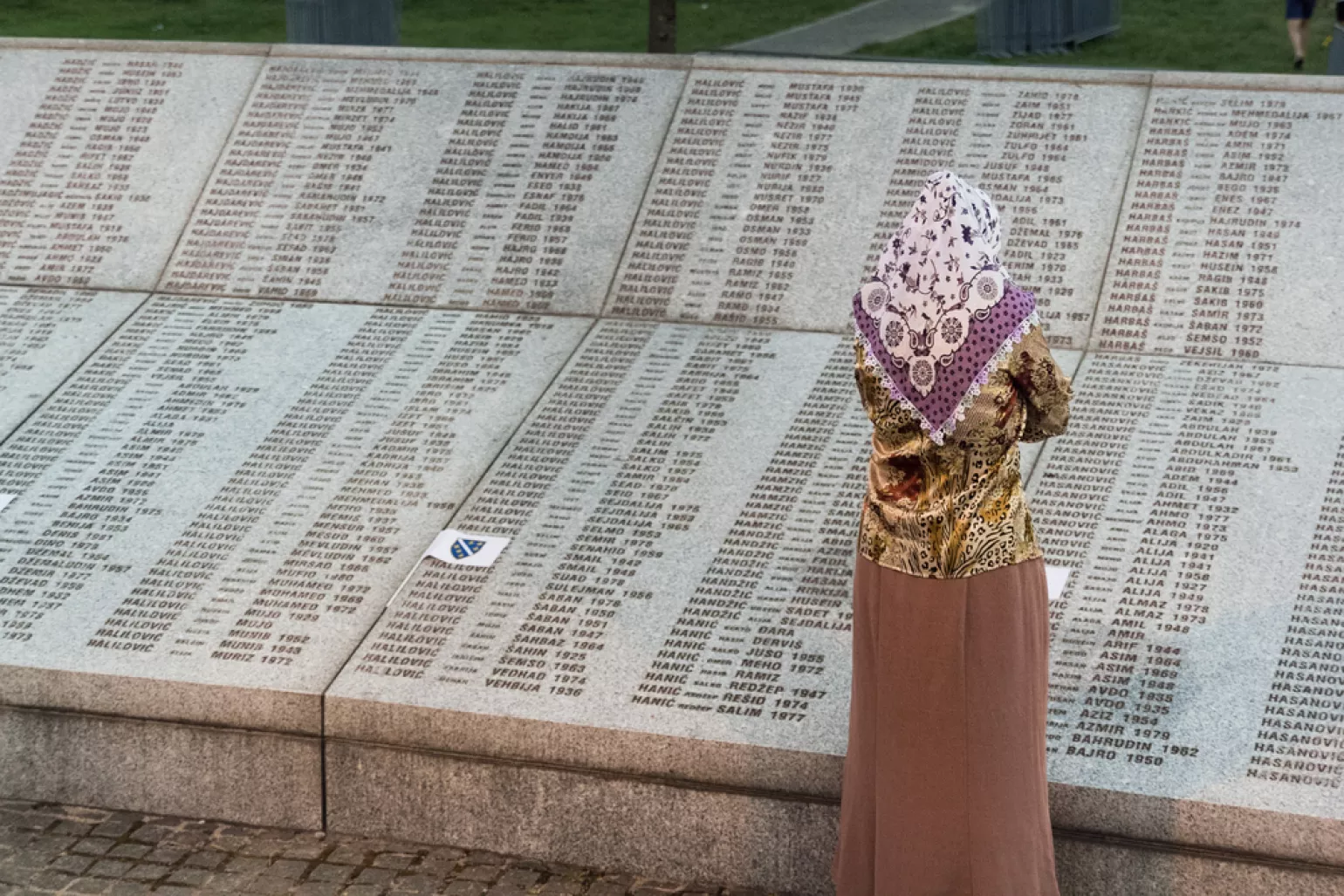
News
Deany’s Recent Training for EMDR Therapists in the Balkan Region
On April 22 and 23, Deany Laliotis led a two-day online training for 50 EMDR therapists from Serbia, Croatia, Bosnia and Romania. Deany commented afterwards, “I was humbled by the depth and breadth of our conversations about the long-lasting impacts of the war and the efforts of these therapists to heal them.”
Therapists across the Balkan region deal with one of the most complex post-traumatic landscapes in the world. During the three-year Bosnian War, many thousands of people on both sides died. People lost neighbors, friends and family members. They experienced the terror of bombing raids, starvation, rape and mass murder. Their homes, churches, historic landmarks, shops and neighborhoods were reduced to rubble.
Even now—23 years after the war’s end—individuals throughout the region continue to struggle personally with the emotional, physical and spiritual trauma of those events as they work to rebuild their lives, their communities and their country.
This war was also a collective trauma which began as a struggle for control of Bosnia among the Muslim “Bosniaks,” Catholic Croats, and Orthodox Christian Serbs. That struggle disrupted generations of peaceful, neighborly life among all three groups in the Balkan region.
The Dayton Peace Accord ended the bloodshed and created a power-sharing government, but vestiges of this collective trauma can still be seen in frequent government stalemates among representatives of the three groups.
A pressing need. Deany reported that the therapists were particularly concerned by the prevalence of psychosomatic illness in the general population—even now, 23 years after the war ended. Most people whose traumas manifest psychosomatically seek out, understandably, a doctor or other medical professional. And those professionals are often at a loss in diagnosing the core issue. As a result, it can take a long time before a connection is made between someone’s symptoms and the underlying trauma that feeds them.
According to Deany, these therapists said the need to educate all health professionals about the range of possible trauma symptoms is paramount. That includes psychological, emotional and physical symptoms. Equally important is normalizing this range of traumatic stree symptoms, so that considering underlying trauma becomes part of any diagnostic process.
Deany summarized her experience of this training like this: “I felt privileged to be invited into their community. All of the therapists were experienced, eager to learn more and very thoughtful—both in their openness to me and in their commitment to healing. I am grateful I was able to be a resource for them.”